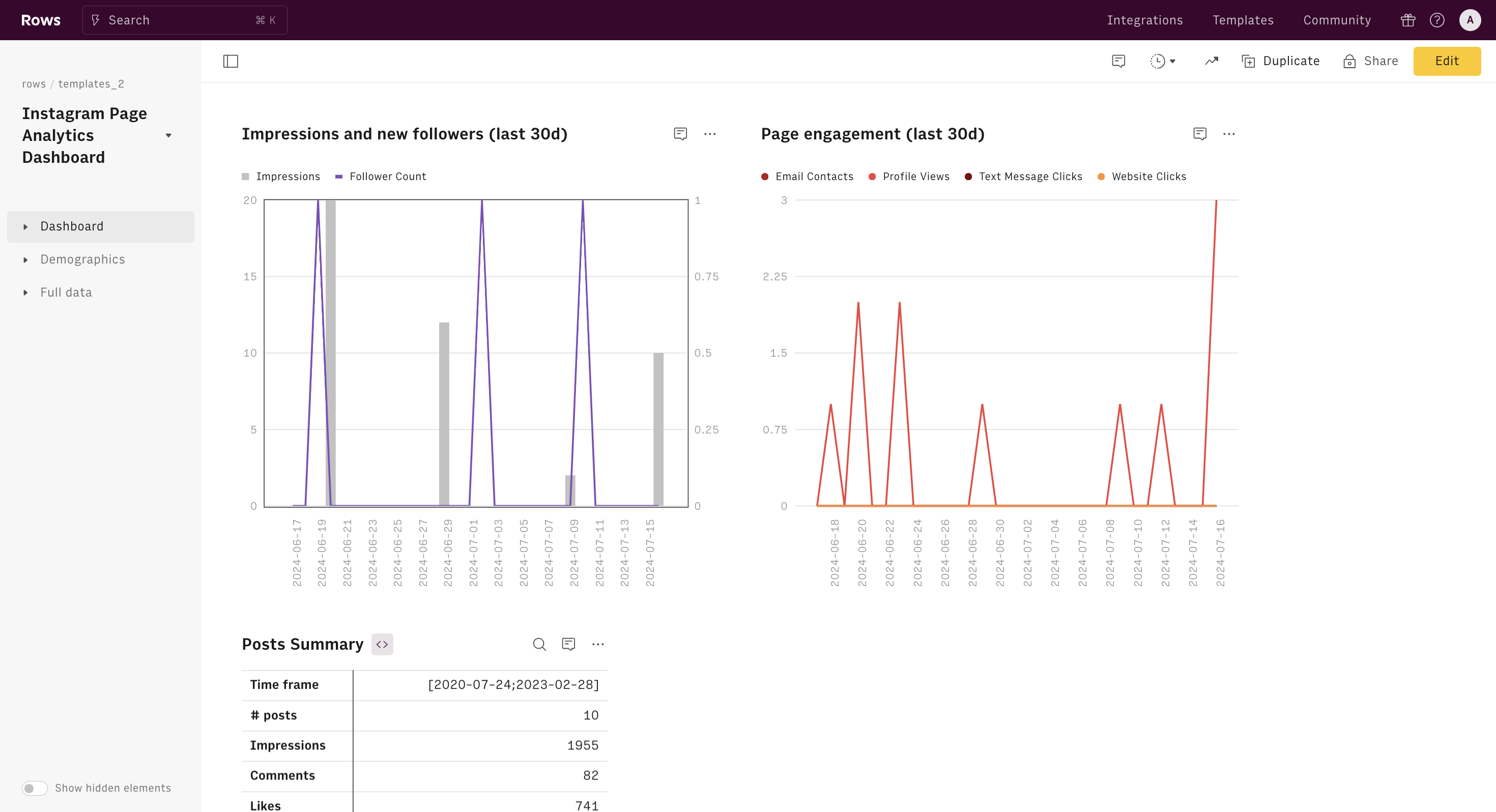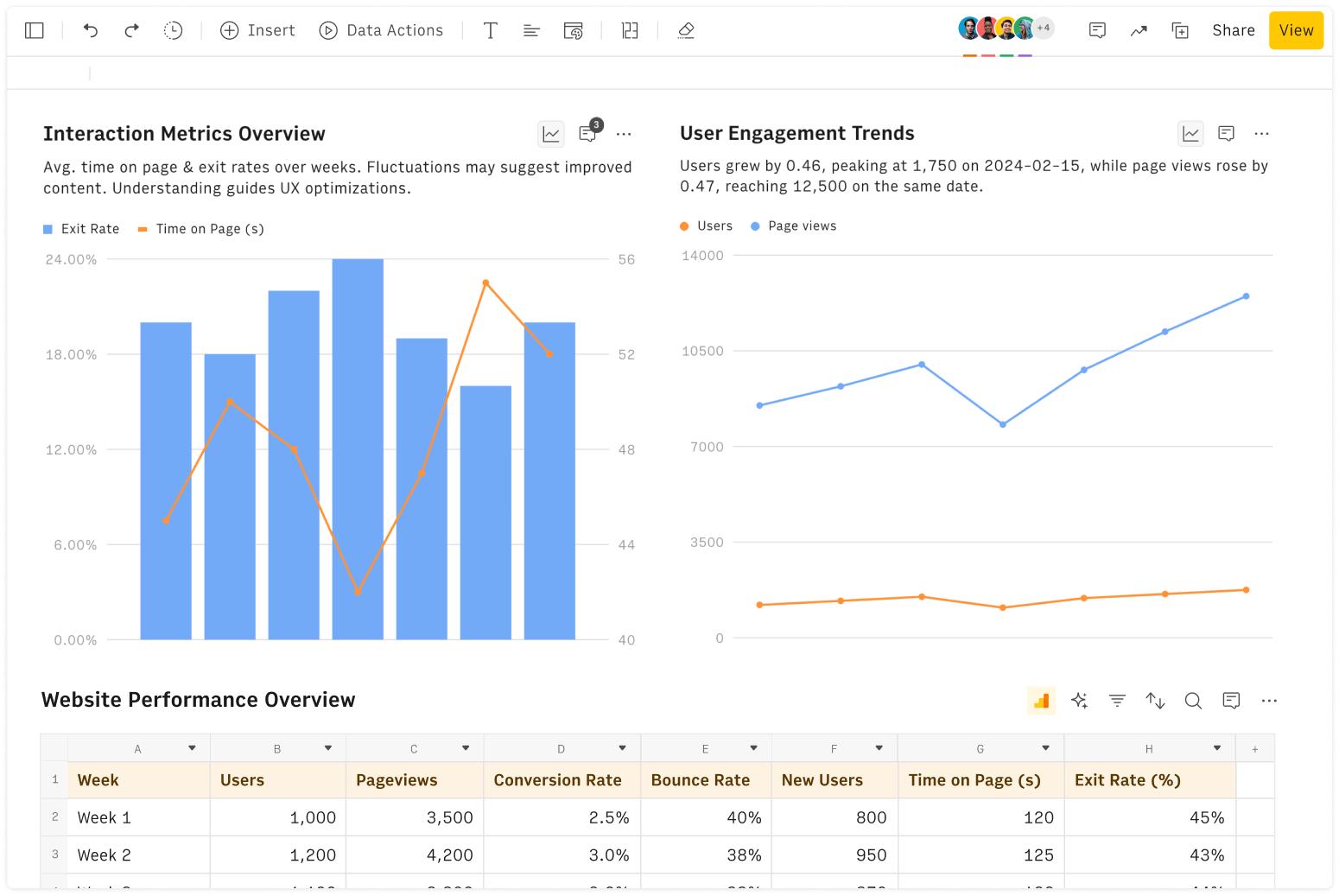What is Base64?
Base64 is a binary-to-text encoding scheme that converts binary data into an ASCII string format by dividing it into blocks of three bytes. Each block of three bytes is then split into four numbers of six bits each. These six-bit chunks are used as indices to a set of 64 characters in the Base64 alphabet. This encoding method is widely used on the internet to transmit data that might otherwise cause issues during transmission, such as binary files and images in environments that are traditionally designed to handle text.
How Does the Decoder Work?
Using a Base64 decoder is simple. You start by inputting the encoded Base64 string into the tool and press Enter. The decoder processes it by splitting it into sextets (groups of six bits), which are then mapped back to their original form of bytes. The result is the original raw data, such as an image or document file, which was encoded. Our decoder tool provides an easy-to-use interface where you paste the encoded string, press decode, and instantly get access to the original data.
Why Do I Need a Base64 Decoder?
A Base64 decoder is essential when you need to convert Base64 encoded data back into its original binary form. This tool may serve several practical scenarios, such as web development, data analysis, and communication protocols where data is often encoded to safely send information over networks or to integrate with web APIs. Few examples include:
Email Attachments: Many email systems use Base64 encoding to send files as attachments. A Base64 decoder can be used to convert these encoded files back to their original formats, such as PDFs or images, after they have been downloaded.
Web Development: software developers often encounter Base64 encoded data in HTML or CSS files, especially for embedding images directly into scripts to reduce server requests. A decoder is needed to revert these images back to binary for editing or troubleshooting.
Data Analysis: Analysts sometimes receive data in Base64 encoded format, especially when extracting information from APIs or other external sources. Decoding this data is crucial for analysis and interpretation in its native form.
Decoding Base64 allows you to retrieve the original data from a readable ASCII string, which is critical for understanding and utilizing the data effectively in its native format.
Need to do the other way round? Check also our Base64 encoder!







